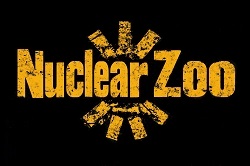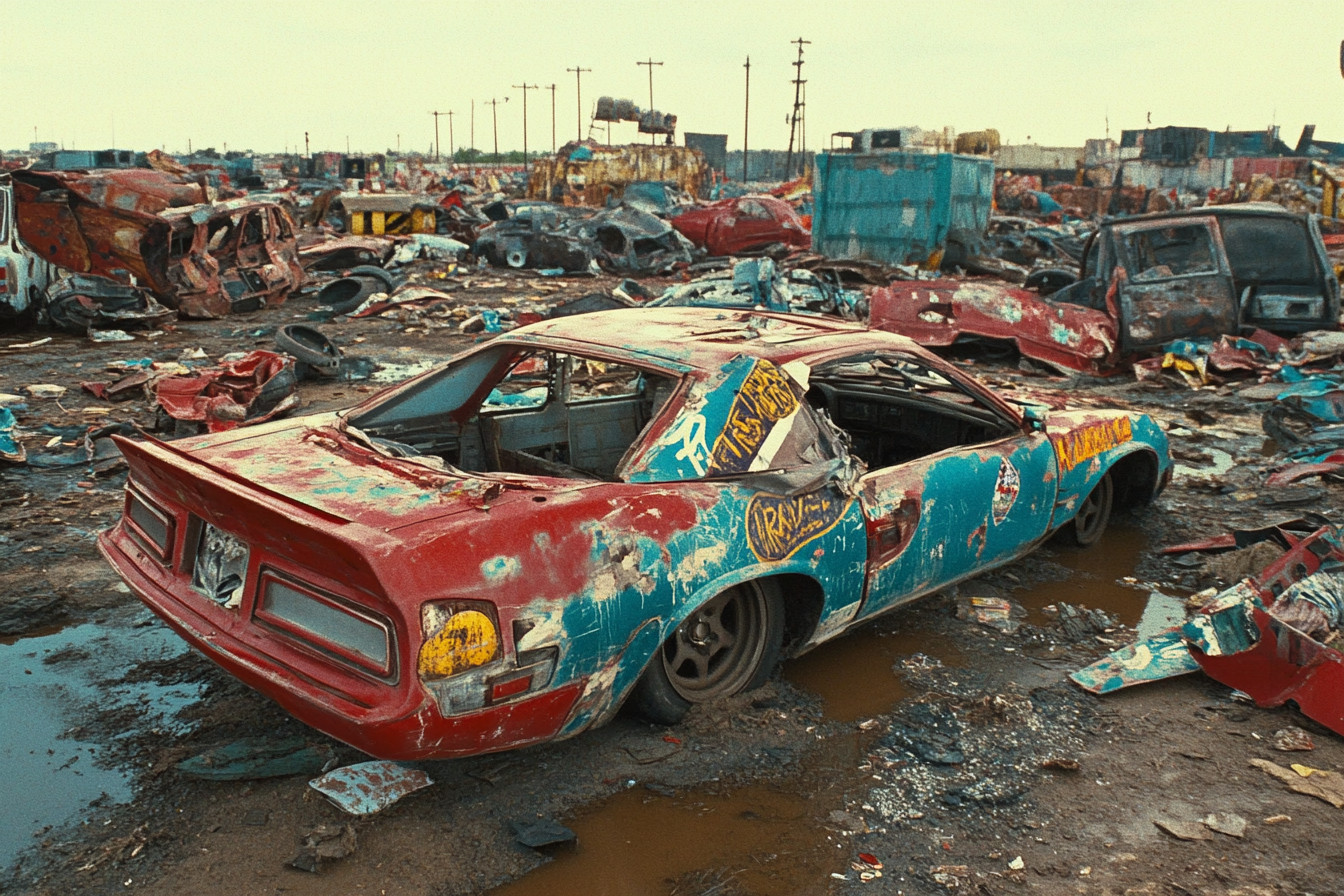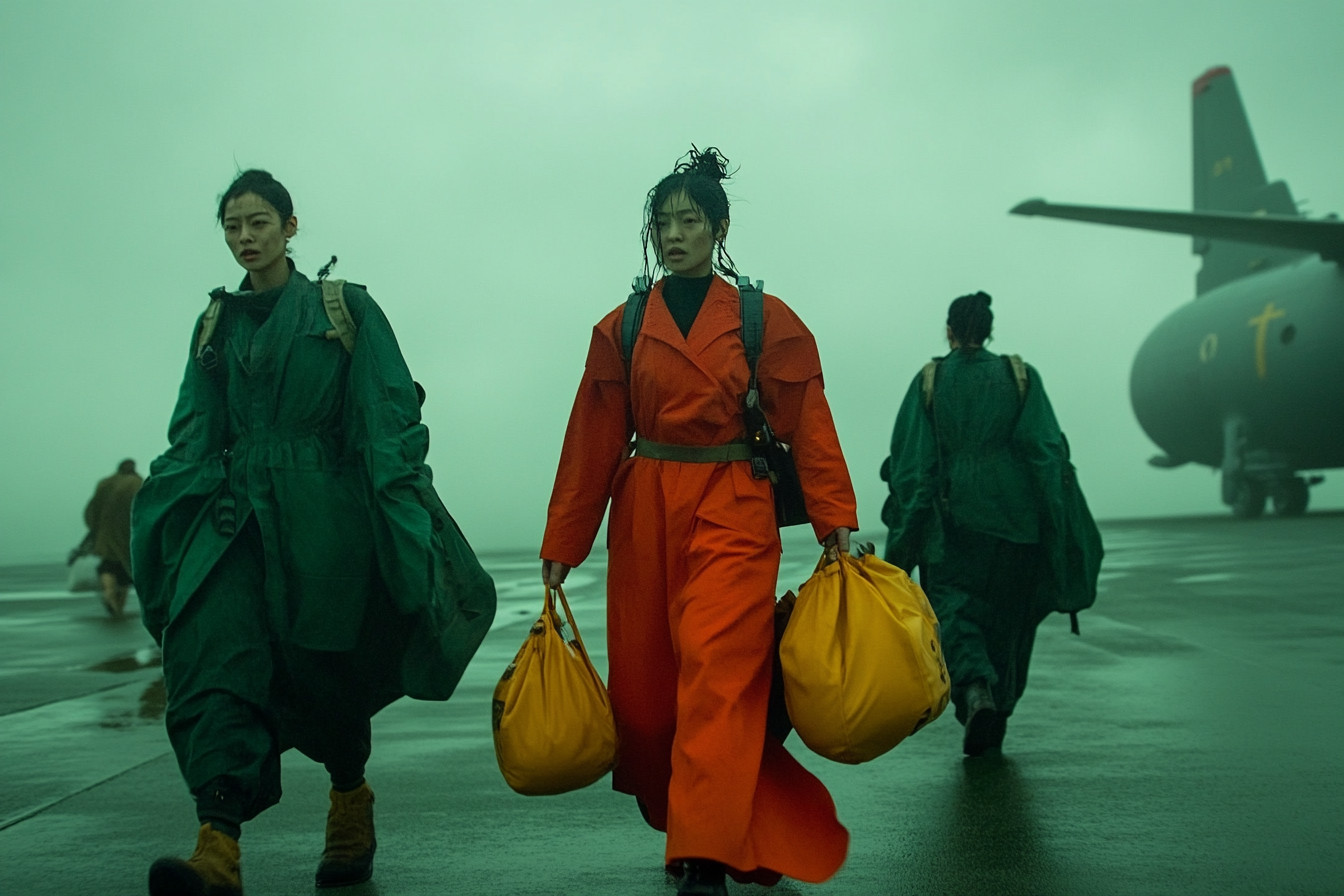The mix of hope and despair in post-apocalyptic films, which I am fascinated by, captures my imagination to a large extent. Moreover, my exploration of this particular world has been full of twists and turns. The first instance I recall of being pulled into this world was when I went to watch “The Road” on its midnight release. The visuals and acting, in my opinion, were nothing short of breathtaking and made me feel anxious.
The world having no hint of humanity compelled me to get into the protagonists’ struggles, and guess what? Exactly right when I was close to being abandoned into utter bleakness, miraculously there was still hope awaiting saying ‘Not everything is a lost cause’. Most post apocalyptic films are made using the combination of solemnity with a pinch of positivity, and this raises the deeper query: Why offer hope when portraying the most unfortunate scenarios humanity faces? That is the enigma, don’t you think?
While it may seem ambiguous, along the journey with some movies, this craving for offering outlandish resolutions came to light, even if it means destroying the narrative. It is best shown in I Am Legend.
New York being home to no one and Will Smith being the last survivor made for an extremely captivating watch. But the end of the movie did make me feel different.
Everything one way or another led to theorizing, which is why the conclusion of the film, albeit logical, felt unconvincing. Unlike the movie, the more somber ending of Richard MathSON’s original novel serves as a stark reminder of humanity’s potential destructiveness, forcing readers to confront uncomfortable truths. Such myopic decisions in impact in the film are baffling. It feels as though the filmmakers did not regard the audience’s ability to grasp the story’s essence.
The reasoning behind the studios choosing happy endings is baffling. There seems to be a widely held belief…purpose…giving a ‘happy ending’ provides some sort of relief that all is well. While I am perfectly capable of understanding the need for some optimism, there is the matter of how it fails to do justice to the sobering themes that can be present in a post-apocalyptic setting.
The essence behind these types of stories is always centered on humanity’s willingness to act, and greatly wishing to soften the burden these tend to bring by ‘placing hope over despair’ feels incredibly numbing. I wonder whether these directors are willing to come to terms with the brutal nature of the world, or if they would much prefer to dive into unrelenting feel-good fantasies, even if it’s for a moment of reprieve. At the height of tough times, which in essence is never a good thing, people tend to cling to ‘hopism’, a term that can be used both for the film industry and society at large.
Yes, there is a tendency to take solace in the hope that there is some slim chance of good when things are at their worst. That said, in my opinion, the underlying power of post-apocalyptic tales lies not in the solace they offer but in the discomfort they incite. Where films focused predominantly on the ugliness of man, we are unapologetic about the bleakness that life has to offer.
“Children of Men” is one of the films that tackle these contradictions, providing hope only to be described as impossible to grasp or utterly precious. The wail of a newborn in a wasteland symbolizes the tenderness hope offers within cruelty, but entirely garnished from shards of moments. While studying this particular category, I found myself appreciating films devoid of straightforward solutions.
Annihilation is one of them. It not only disrupted my preconceived notions but also provoked me to answer questions I had about my existence. The eerie aftermath of the film came with questions centered around change, adaptability, or even survival, keeping me occupied well post credits. On the contrary, some post-apocalyptic movies annoy me due to their inclination to resolve the plot rather than delve into the pressing issues presented within the film.
Not many years ago, I watched “28 Days Later” and it has been one of my favorite memories ever since. My local arthouse cinema was showing it, and I went there filled with other movie enthusiasts, which made the thrill a hundred times better. What truly captured my attention was how captivating the film was and how realistic it felt, to a point where I almost felt actually witnessing a world full of chaos.
Just how most hopeless and chaotic films and stories tend to go, this film also had managed to bring in a twist that gave the audience some hope, or as I feel, an abrupt and overstated shocking twist that didn’t make sense in context. For a while now I have been trying to understand the peculiar emotions that this film left me with, some feel great whilst the rest aren’t so pleasant. The way filmmakers chose to narrate their story led me on toward a path of misleading optimism that was almost intoxicating, until the very end where they leave you with a hint of let down instead of satisfaction. There had to be a more balanced or realistic route, something filmmakers often forget as they try to cater to the audience.
There are lingering loose ends in some post-apocalyptic films that get under my skin while watching them. The most captivating films are saddening in their own ways, because they force me to confront the evils of existence, reflect on the frailty of optimism and acceptance, and grasp the truth that survival is almost impossible without witnessing the unspeakable horrors of life and confronting them head-on.
As intriguing as post-apocalyptic stories are, they maintain an effortless quality that needs to be approached with delicacy. For any film, “integrity’s notion” requires that within its predefined scope, every element must be included to remain true to the concept. These filmmakers also attempt to build the narrative arc to have the “happy ending” where all aspects of the story are resolved for the audience’s satisfaction, which utterly destroys the essence post-apocalyptic films have at their core.
In pieces of art, I prefer grappling with a sense of discomfort around the paradox of existence and survival rather than closure and grief. Most discussions dwell on happy endings and resolutions, while I personally find solace examining serious matters concerning humanity. These films capture worrying dimensions of our world while simultaneously being deeply engrossing in their essence.
There are people who find comfort in such worlds, but to me, true engagement with post-apocalyptic settings stems from embracing the unpredictability of life. While exploring the genre, I challenge myself to find the stories that are most complex and thought-provoking, even if they force one to reckon with uncomfortable truths. I feel like I am not alone when I say that in the current day, the world feels disheveled and chaotic. For me, the most striking element of post-apocalyptic cinema is not hope, but rather the capacity to illuminate the darkness, allowing us to unite as one humanity.
It is clear that my research on post-apocalyptic films examines the depth of human emotions, struggles, and views. While at times it might be convenient to bask in hope, I advise filmmakers to refrain from oversimplification and embrace the complexity of existence while telling their stories because it is such depth that makes storytelling profound and meaningful. Such depth can lead audiences to contemplate life and the human spirit in trying times, stirring thoughts of their purpose within the world.










